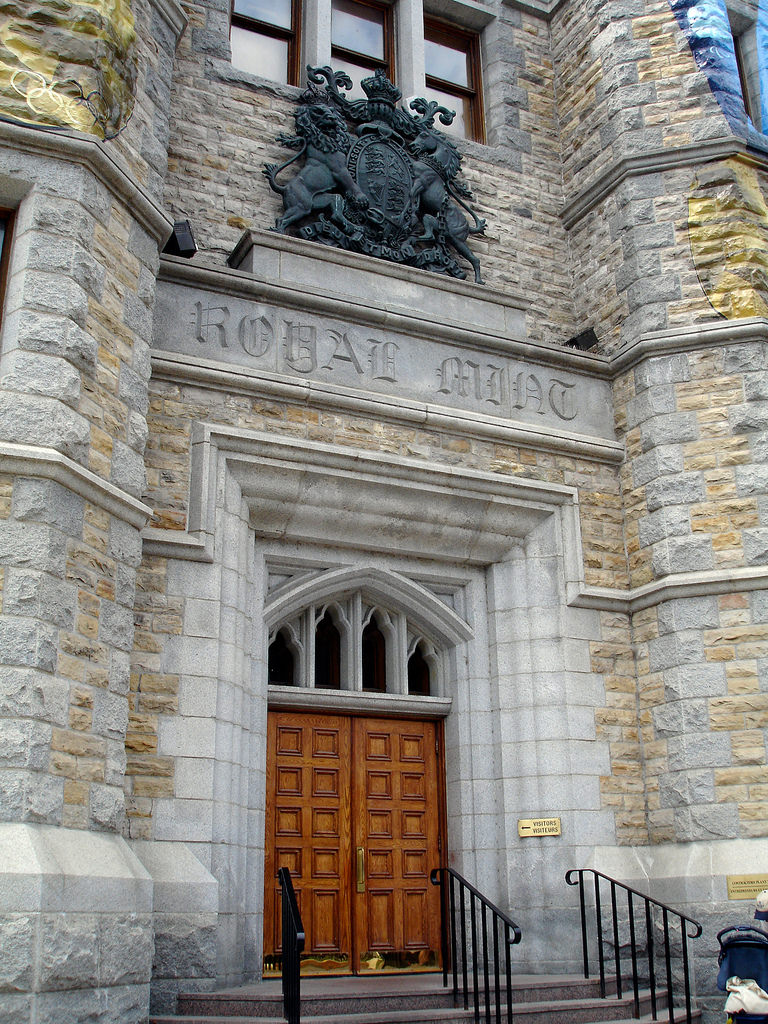Students largely left out of 2012 federal budget
Katimavik funding eliminated
There were youth-related cuts in the document, too. Living up to rumours that swirled in the media in the days leading up to the budget, the government cut funding to Katimavik, a popular youth program that supported young Canadians traveling the country to participate in volunteer projects. The government announced its intentions to continue to invest in “affordable, effective programming” and that Canadian Heritage would pledge over $105 million in youth initiatives, though few details were provided.
Liberal youth critic Justin Trudeau, a longtime supporter and former board chair of the program, had been speaking out against the rumoured cuts days in advance of the budget presentation.
“The needs for students are enormous and when they’re turning around and cutting $30 million over two years by eliminating the Katimavik program, you can see that there’s not a lot of money in there for young people,” said the Montreal MP, when asked about the lack of support for youth in the budget.
“We have to make sure we’re investing in our young people and their capacity to become those productive, contributing citizens we need them to be. And this government is not, once again, living up to its obligations to the future of Canada and to our young people,” Trudeau continued.
Employment issues
In the area of job creation specifically for youth, the Conservatives only announced they would add another $50 million over two years to the existing Youth Employment Strategy, which, according to the government, connected nearly 70,000 youth with work experience and skills training last year.
“It’s nice to see that that came in after we saw that they were closing employment centres,” said Zach Dayler, national director for the Canadian Alliance of Student Associations (CASA).
“The Youth Employment Program will hopefully provide valuable work experience for students but also provide skills development for youth who are at risk, which I think is a huge, huge thing,” he continued, adding that despite its small price tag in the context of the budget, “it’s a start.”
[pullquote]The government announced its plans to eliminate the penny[/pullquote]Both CASA and CFS reps expressed their disappointment over the lack of proposed financial aid for students, though Dayler noted that they weren’t “expecting to see any major investments” in this area for students. While the government re-affirmed their plan to forgive student loans of up to $40,000 for new doctors and $20,000 for new nurses and nurse practitioners who plan to work in rural and aboriginal communities, starting in 2012–13, this plan had already been announced in last year’s budget.
Federal Green Party leader Elizabeth May also said she was “very disappointed” that no greater moves were made to relieve youth unemployment and student debt in the budget, and added that she will be speaking to students on various campuses in the coming days to discuss many of these issues.
“The priority is to engage people so that we can put up the kind of cross-country response. We need to mobilize,” she said. “There’s a very bad message that sometimes goes out, that there’s nothing we can do because Stephen Harper has a majority until 2015.”
Nevertheless, thanks to their majority government status, it’s expected that the Conservatives will pass their budget plan with ease. Among further plans outlined in the document: they will reduce government employment by 4.8 per cent, or 19,200 jobs, though details surrounding which departments or programs will be affected — such as the federal public service student employment program — have yet to be shared.
The Conservatives also laid out additional departmental cuts to Human Resources and Social Development (HRSDC), noting that some changes will “transform the administration of grants and contributions to enhance online delivery and reduce red tape and the paper burden for applicants and recipients.” Cuts to HRSDC in the 2012 budget start at $6.3 million in 2012–13 and jump to $183.2 million by 2014–15. No details were given as to the potential effect these cuts could have on the Canada Student Loans Program.
Additionally, the government announced its plans to eliminate the penny. Pennies will no longer be produced and distributed to financial institutions starting in fall 2012, though the coins will still be allowed to be used in cash transactions.
Cuts to the CBC were also laid out in the document, starting with $27.8 million in savings in 2012–13 and rising to $115 million in 2014–15.
Similar to the 2011 budget, the Conservatives are aiming to lower the deficit to 1.3 billion by 2014–15 and achieve a 3.4 billion surplus by 2015–16.
Dubois warned that the government was trying to “balance the budget on the backs of students and older citizens,” while May felt there was another clear message for young people among the financial proposals.
“You’re the victims in this,” the Green Party leader told Canadian University Press. “Anybody younger than 50 is the part of the population that gets kicked in the teeth in this budget.”
ARB Team
Arbitrage Magazine
Business News with BITE.
Liked this post? Why not buy the ARB team a beer? Just click an ad or donate below (thank you!)
Liked this article? Hated it? Comment below and share your opinions with other ARB readers!




























Share the post "Students largely left out of 2012 federal budget"